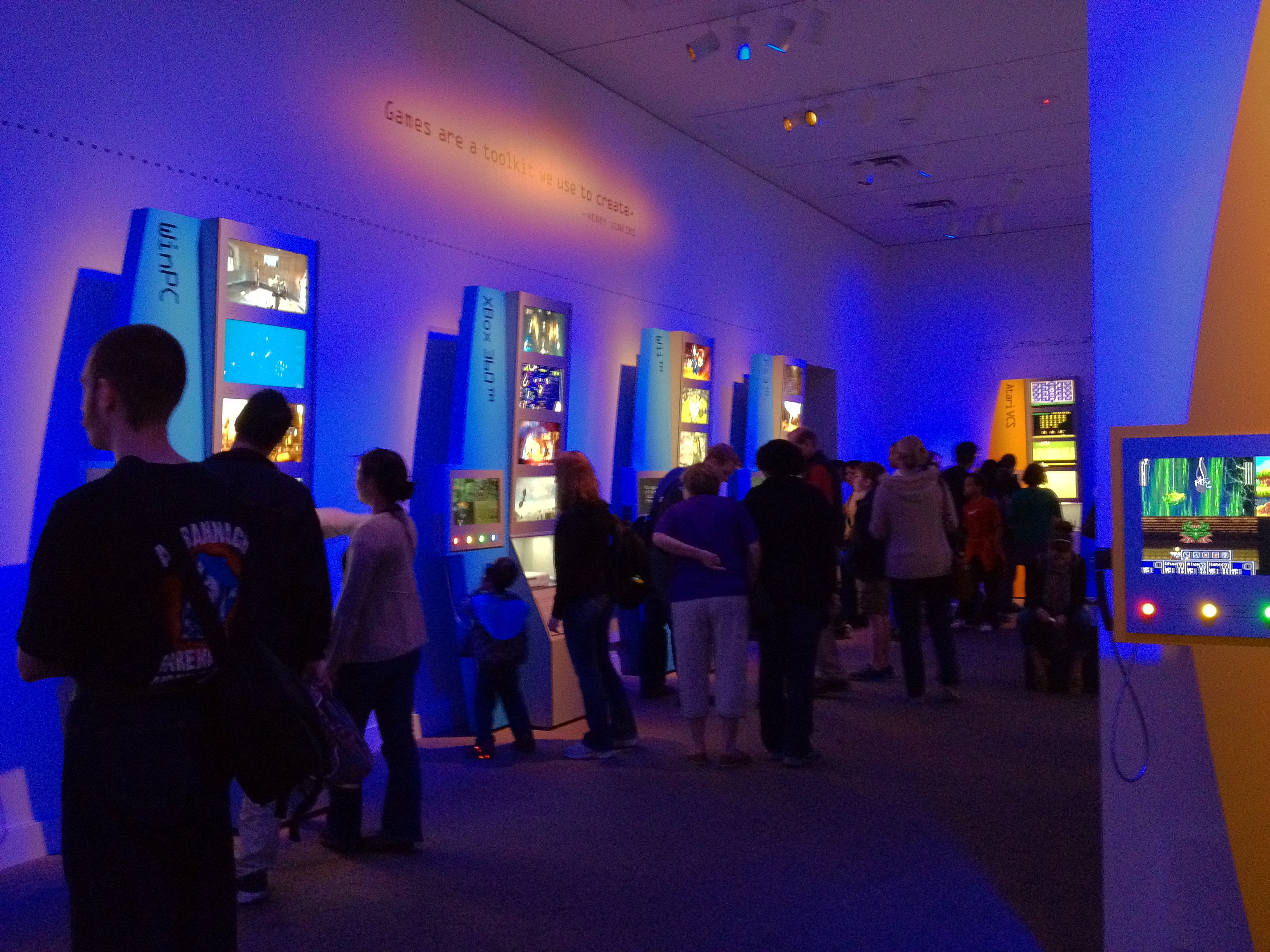Exhibitions
Featured Provider
Login/Sign Up
Latest News
Schoolboy Falls From 60ft Cliff on School Trip

A 15-year-old boy fell 60ft over the edge of a cliff whilst on a geography school trip, miraculously only suffering minor injuries.



